Though often seen as apolitical, Andy Warhol subtly and overtly engaged with politics throughout his career. Early works like Race Riots condemned violence against civil rights activists, while Vote McGovern presented a scathing critique of Nixon, reportedly so disliked by the president that it led to Warhol's annual IRS audits. Warhol’s admiration for political figures also shaped his art, as seen in his portraits of JFK, where he juxtaposed the president’s youthful appeal with moments of weariness. Additionally, his Factory became a sanctuary for marginalised subcultures, including LGBTQ+ communities, showing his support for minority voices and challenging traditional societal norms.
2. Warhol was religious
Andy Warhol maintained a complex relationship with Catholicism, balancing devout practices with personal conflict over the Church’s stance on issues like sexuality. While peers drifted from religious roots, Warhol quietly attended church, kept crucifixes in his home, and explored Catholic themes in his work, from appropriations of The Annunciation to Saint Apollonia. This subtle devotion reflected his bond with his mother, with whom he lived most of his life, and his early experience with loss, as seen in works like Living Room, which depicted the space where his father’s body lay in repose. Warhol’s art blended Pop with sacred imagery, transforming everyday media into reflections on faith and mortality.

Andy Warhol after life saving surgery following his shooting
3. Warhol was technically dead for 1.5 minutes
Warhol was shot by Valerie Solanas in 1968. Two bullets from Solanas’ gun tore through Warhol’s stomach, liver, spleen, oesophagus and both lungs. He was briefly declared dead at one point, but doctors were able to revive him. He spent two months in the hospital recuperating from various surgeries and would be forced to wear a surgical corset for the rest of his life to hold his organs in place.
This incident made Warhol much more guarded and intensified Warhol’s fear and loathing of hospitals. This reticence contributed to Warhol delaying gallbladder surgery for several years, shortly after which he suffered a cardiac arrest and passed away.
Before I was shot, I always thought that I was more half-there than all-there—I always suspected that I was watching TV instead of living life… . Right when I was being shot and ever since, I knew that I was watching television. The channels switch, but it’s all television.
—Andy Warhol, The Philosophy of Andy Warhol (1975)

Andy Warhol wearing his signature wig
4. Warhol wore a wig
Andy Warhol’s use of wigs began as a means to cover early hair loss but evolved into an iconic part of his public persona, reinforcing his mystique and artistic identity. Crafted meticulously by wig makers, his wigs ranged from blonde to his signature silver, blending seamlessly with his Pop Art aesthetic and becoming a crucial element of his self-portraiture. Warhol saw his wigs as extensions of himself, trimming them regularly and treating them as if they were real hair, symbolizing both his vulnerability and his carefully curated public image. In self-portraits, his wigs obscured his natural features, heightening the sense of concealment and contrast, which fed his fascination with fame and celebrity while protecting his privacy.

Andy Warhol in 'The Factory'
5. Warhol established 'The Factory'
The Factory was a haven for figures from various subcultures and minorities as well as those challenging the gender binary. In 1963, Andy Warhol opened his first Factory on East 87th Street, a space he envisioned as an "art factory" for creative experimentation in painting, printing, photography, and film. Over 24 years and four Manhattan locations, the Factory became both a hub for artistic innovation and a trendy social scene, redefining art, fame, and popularity.
6. Warhol's works can be very affordable
While Andy Warhol’s canvases fetch astronomical auction prices, many of his prints remain accessible to new collectors. Pieces like A Gold Book start at £1,000, and Fish Wallpaper can be acquired for around £7,000. Indeed, over the past five years, roughly 40% of Warhol lots sold for under $10,000.
Browse our available Warhol works
Warhol Works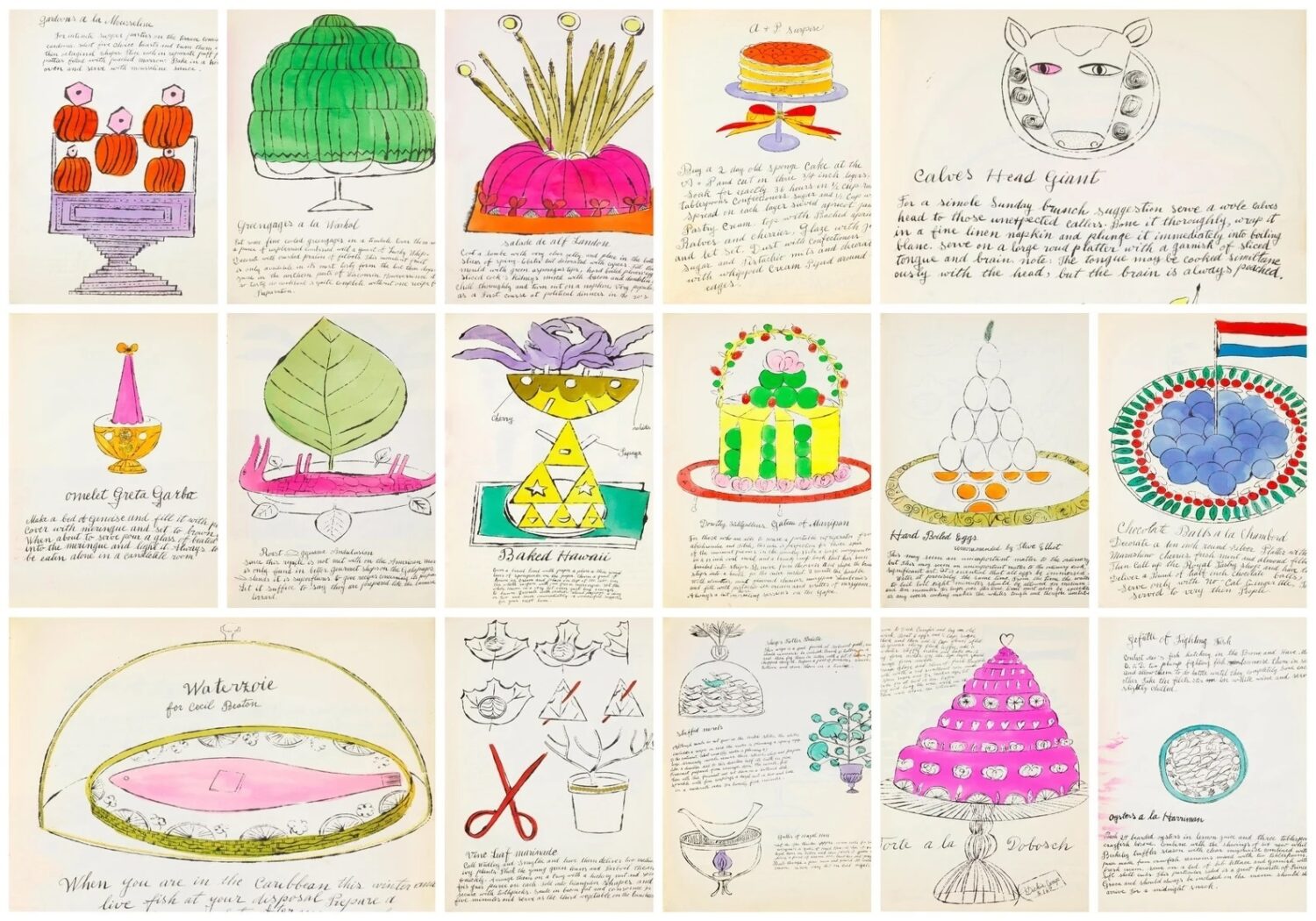
Andy Warhol and Suzie Frankfurt, Wild Raspberries (1959)
7. Warhol Illustrated a cookbook
In 1959, before his fame with Soup Cans, Andy Warhol collaborated with interior decorator Suzie Frankfurt to create Wild Raspberries, a playful, self-published cookbook that satirised the elaborate recipes of 1950s haute cuisine. Filled with humorous recipes like “Omlet Greta Garbo,” meant to be enjoyed alone, and “Gefilte of Fighting Fish,” where fish are instructed to “bone each other,” the cookbook blends Warhol's wit with whimsical illustrations. This project hinted at Warhol's fascination with commercial culture, a theme he later envisioned expanding into a restaurant concept, the "Andy-mat," where machines would serve food in a 1950s-style automat setting.
8. Warhol drank the same soup every day
Andy Warhol’s Campbell's Soup Can paintings are iconic works of 1960s pop art that elevate everyday items to the realm of fine art, capturing America’s fascination with mass production and consumer culture. Warhol chose Campbell's Soup, a product he claimed that he ate every day for twenty years, as it represented a quintessentially American brand—constant, affordable, and enjoyed by all social classes. By focusing on this familiar label, Warhol embraced the Pop Art ethos of "liking things," transforming a humble supermarket staple into a symbol of cultural unity and modern life.
“I used to drink it. I used to have the same lunch every day, for twenty years, I guess, the same thing over and over again.”
- Andy Warhol
9. Warhol called Trump 'butch' and 'cheap'
In 1981, Donald Trump commissioned Andy Warhol to create artwork for his upcoming Trump Tower. Warhol, intrigued by the brash real estate mogul he described as “butch” in his diaries, created a series of silkscreen canvases dusted with “diamond dust” for added opulence. However, after previewing the pieces, Trump declined to purchase them, leaving Warhol frustrated. Reflecting on the experience, Warhol felt Trump was “sort of cheap” and resented the unpaid effort. Though the project fell through, Warhol’s New York Skyscrapers series remains a unique relic of this brief collaboration.
10. Warhol was not the name he was born with
As the son of Slovakian immigrants, he was born in Pittsburgh and named Andrew Warhola. He later dropped the “a” in Warhola to make it sound more “American.”
Sign up for artist updates
Receive Artist UpdatesMadeleine White
Senior Sales and Acquisitions
More editorials about Andy Warhol
Artists
Happy Birthday Andy Warhol, The King of Pop Art
6 Aug 2025
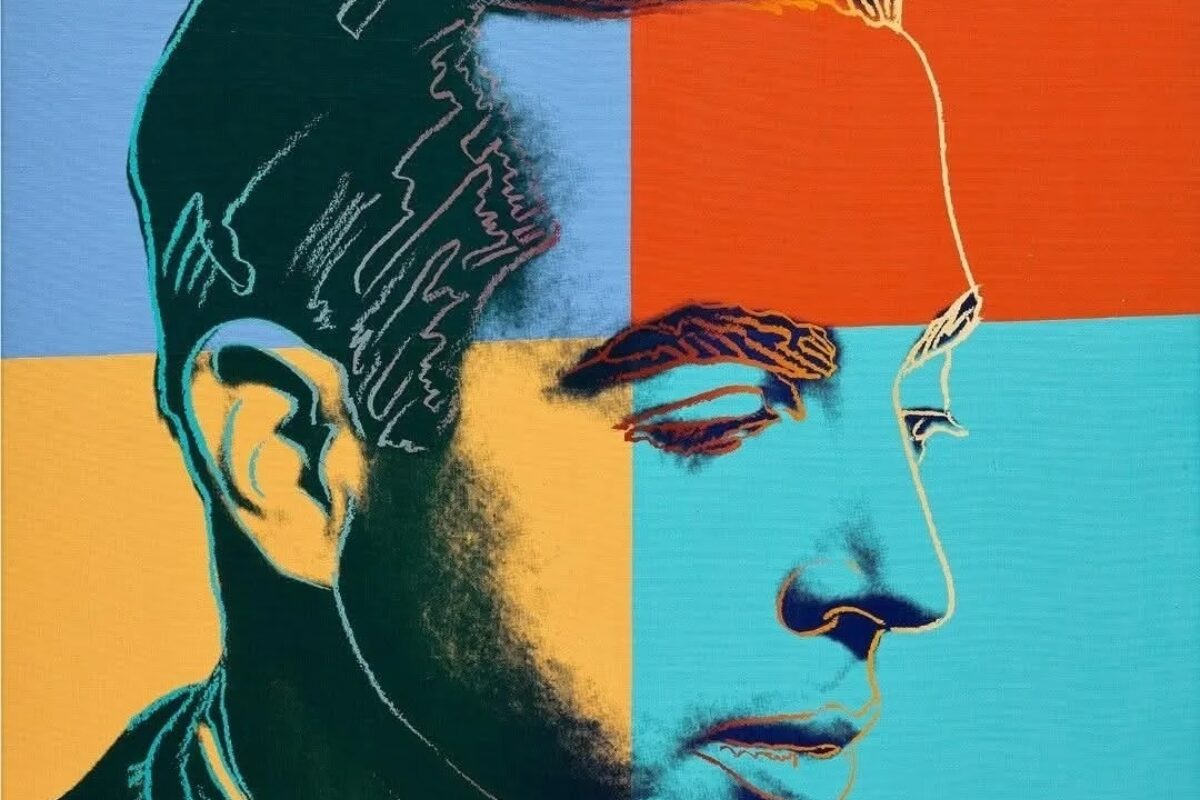
Art Market
The Hang | Your monthly round up of Art Market based News
31 Jul 2025 | 4 min read
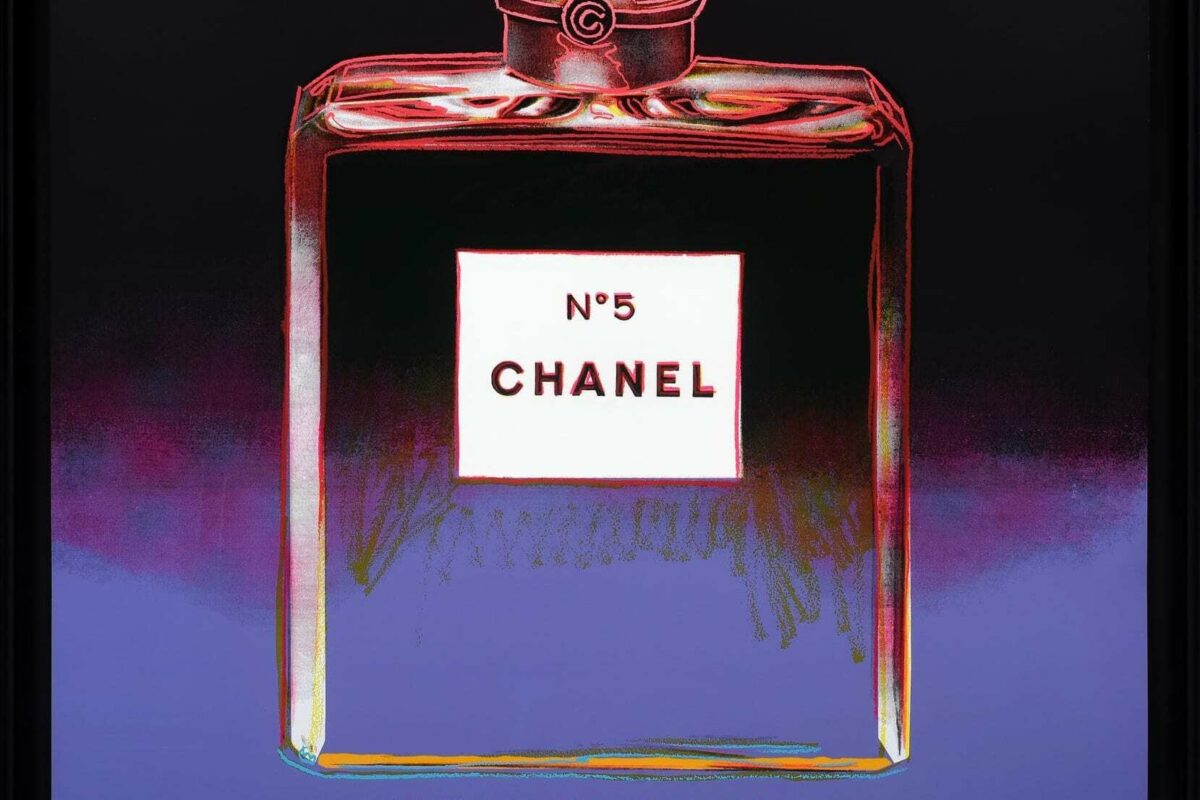
Artists
Top 10 Selling Warhol Sets
15 Jun 2025 | 2 min read

Art Market
Warhol's Star Portraiture Proves Successful at Auction
29 May 2025 | 3 min read

Art Market
Warhol's Market Remains Robust
6 Mar 2025 | 3 min read

Art Market
Market Watch: Auction highlights | RESULTS
3 Mar 2025 | 2 min read

Collecting Guides
Art Decoded: Screenprinting
7 Jan 2025 | 3 min read

Art Market
12 Moments of 2024
30 Dec 2024
Artists
Artist Decoded: Andy Warhol's Notable Series
11 Dec 2024 | 7 min read

More from Artists
Artists
Haring Decoded: The Symbolism of His Iconic Dog
12 Aug 2025 | 2 min read

Artists
Happy Birthday Andy Warhol, The King of Pop Art
6 Aug 2025

Artists
The Psychology of Kusama
14 Jul 2025 | 3 min read

Artists
From Rothko to Ruscha: Unpacking Harland Miller’s Influences
10 Jul 2025 | 3 min read
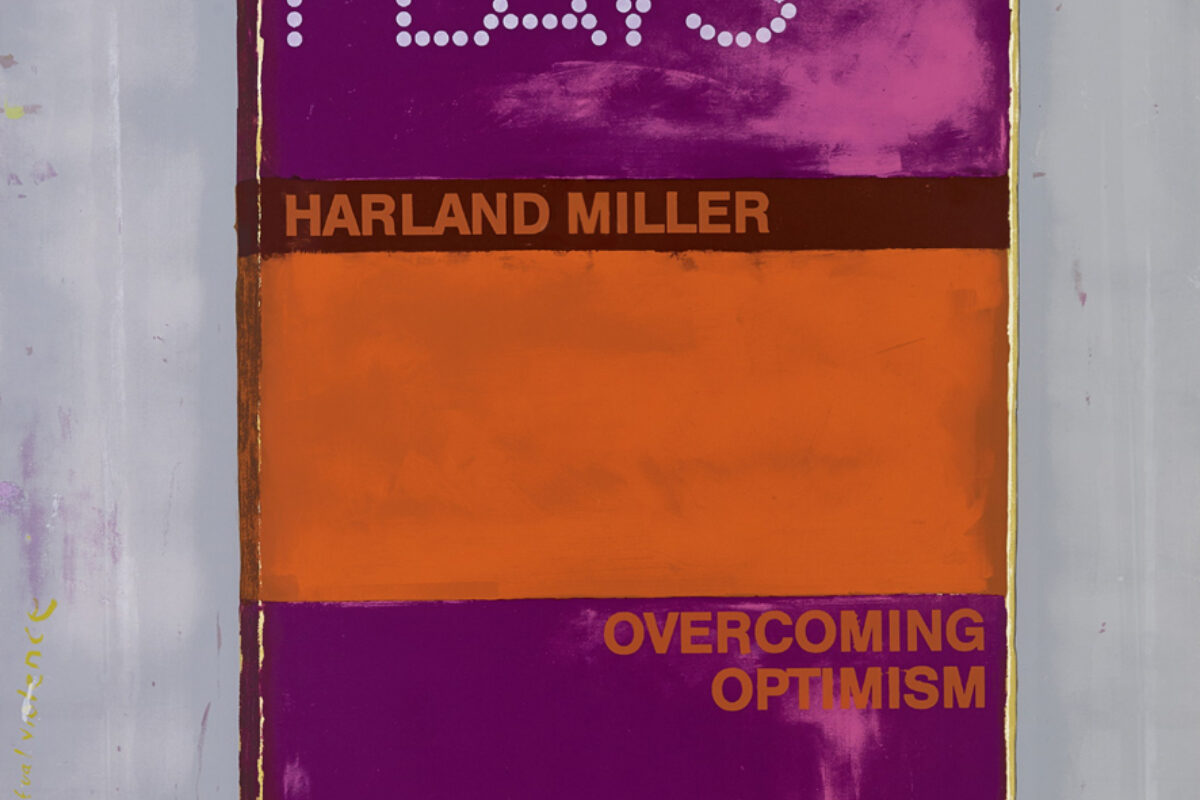
Artists
Decoded: David Shrigley
8 Jul 2025 | 2 min read

Artists
Is David Hockney the Most Important Living Artist?
2 Jul 2025

Artists
Top 10 Selling Warhol Sets
15 Jun 2025 | 2 min read

Artists
David Hockney | 5 Groundbreaking Moments
23 Apr 2025 | 3 min read
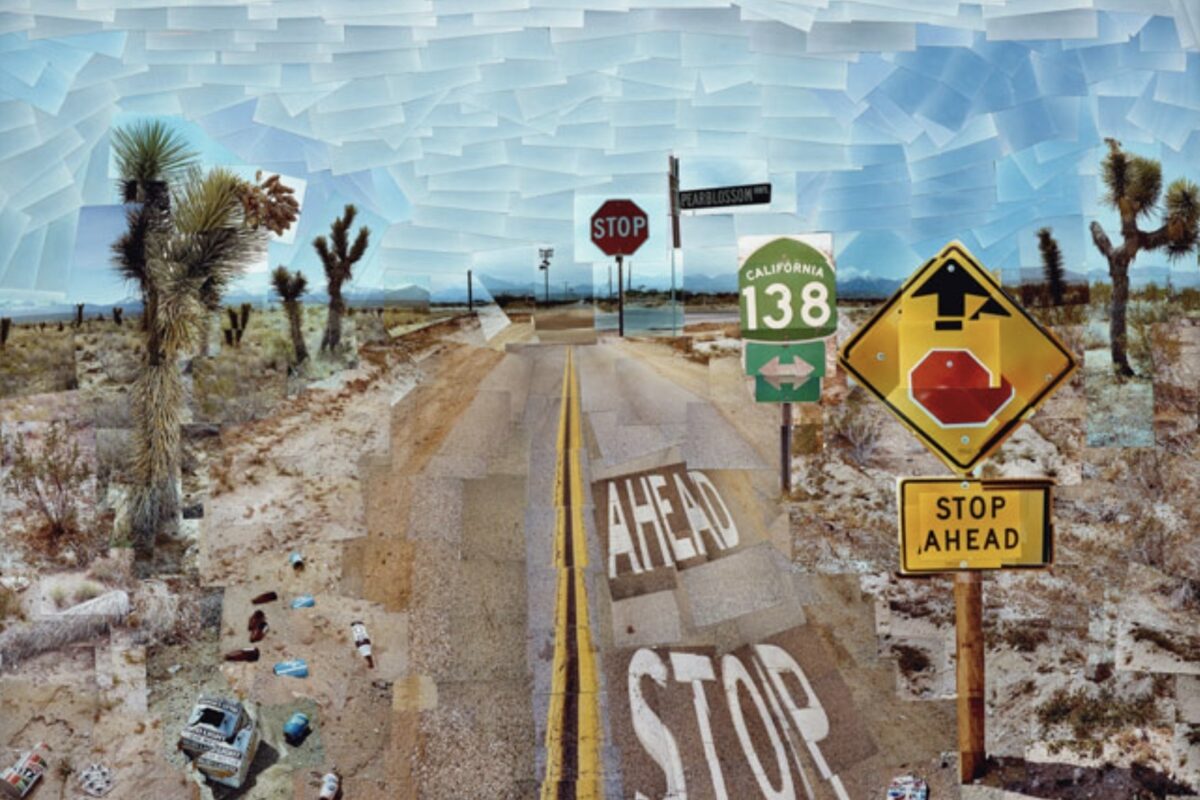
Artists
Yayoi Kusama breaks records with the most successful exhibition in Australian history
17 Apr 2025

